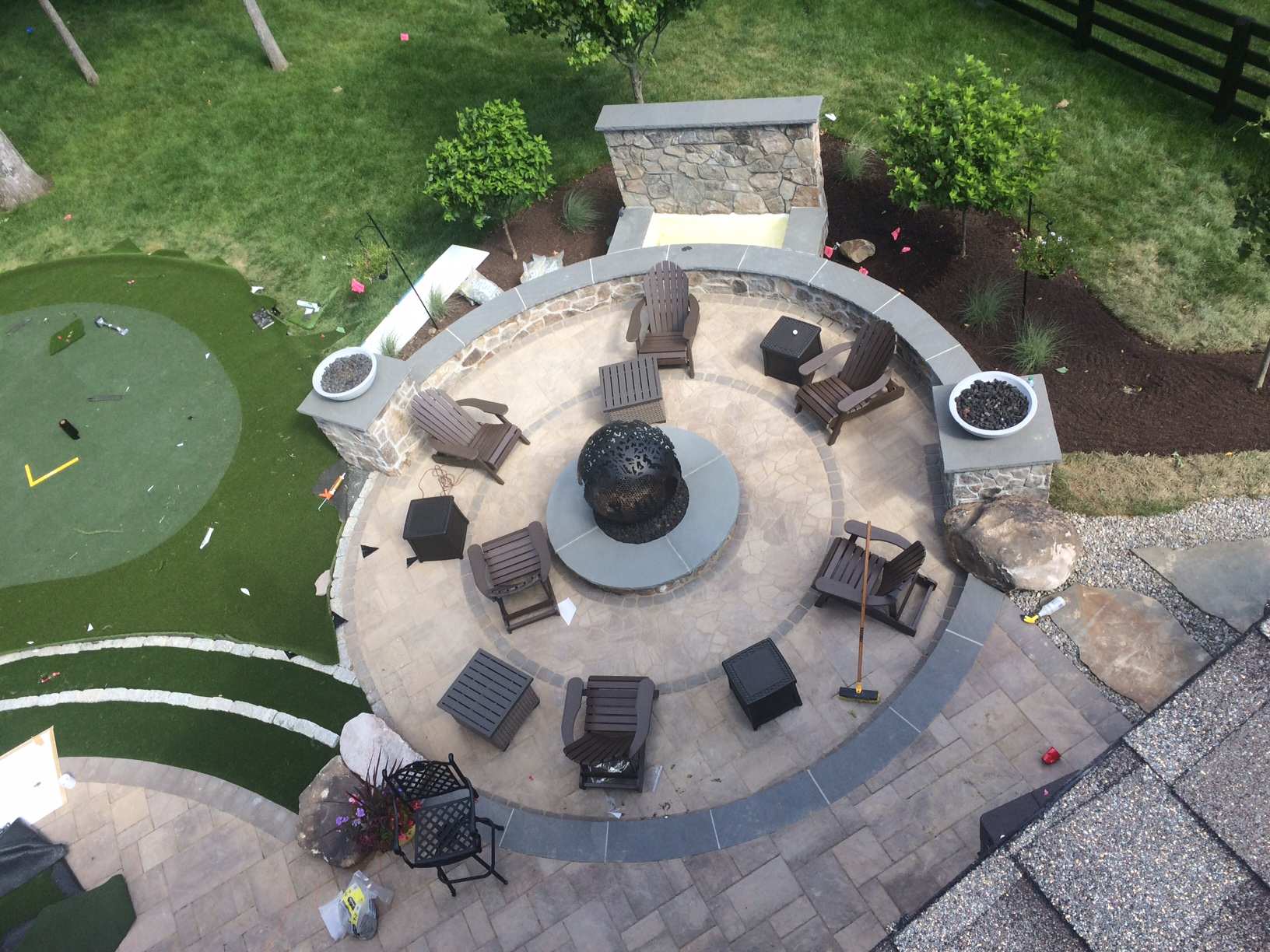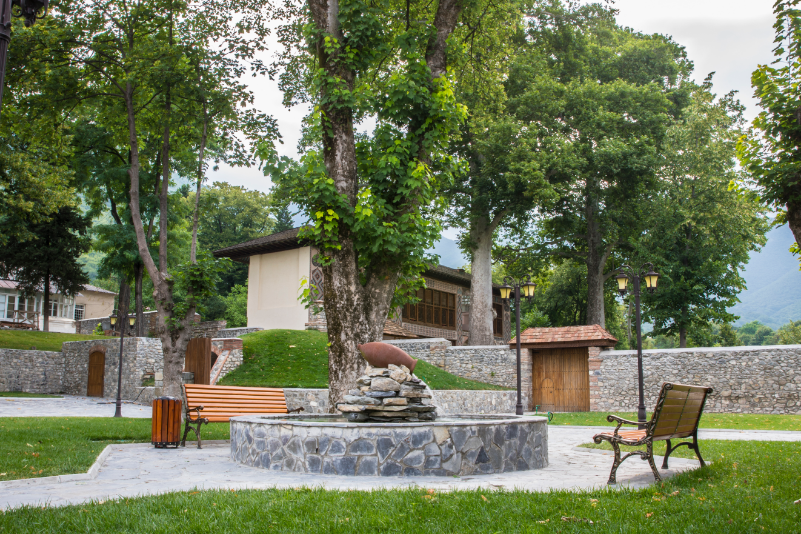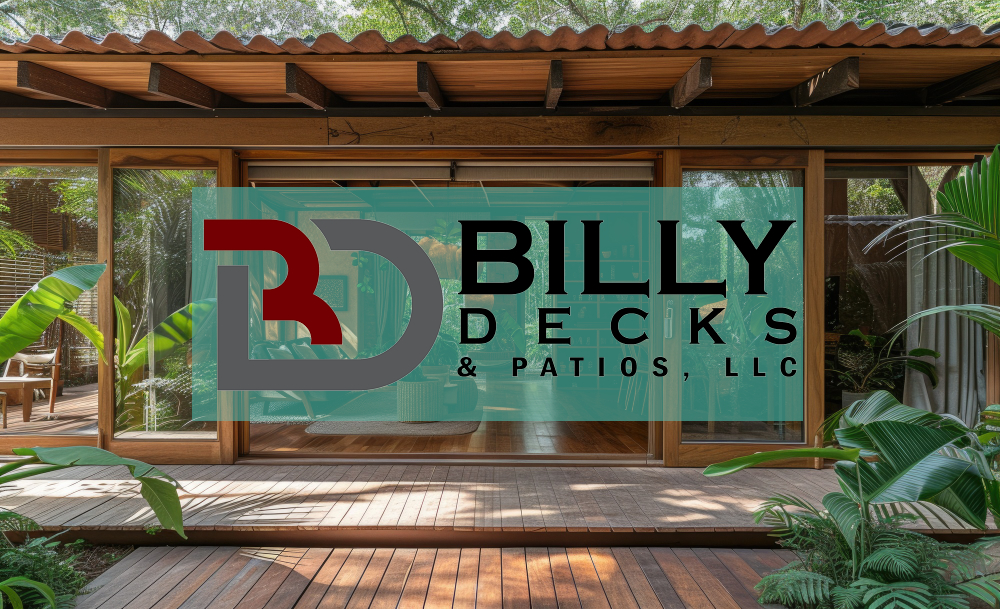Overview of Deck, Patio, and Porch Building Services
Building a deck, patio, or porch is an exciting project that can transform your outdoor space, adding value and functionality to your home. Whether you dream of a serene patio, a spacious deck for entertaining, or a cozy porch for…










